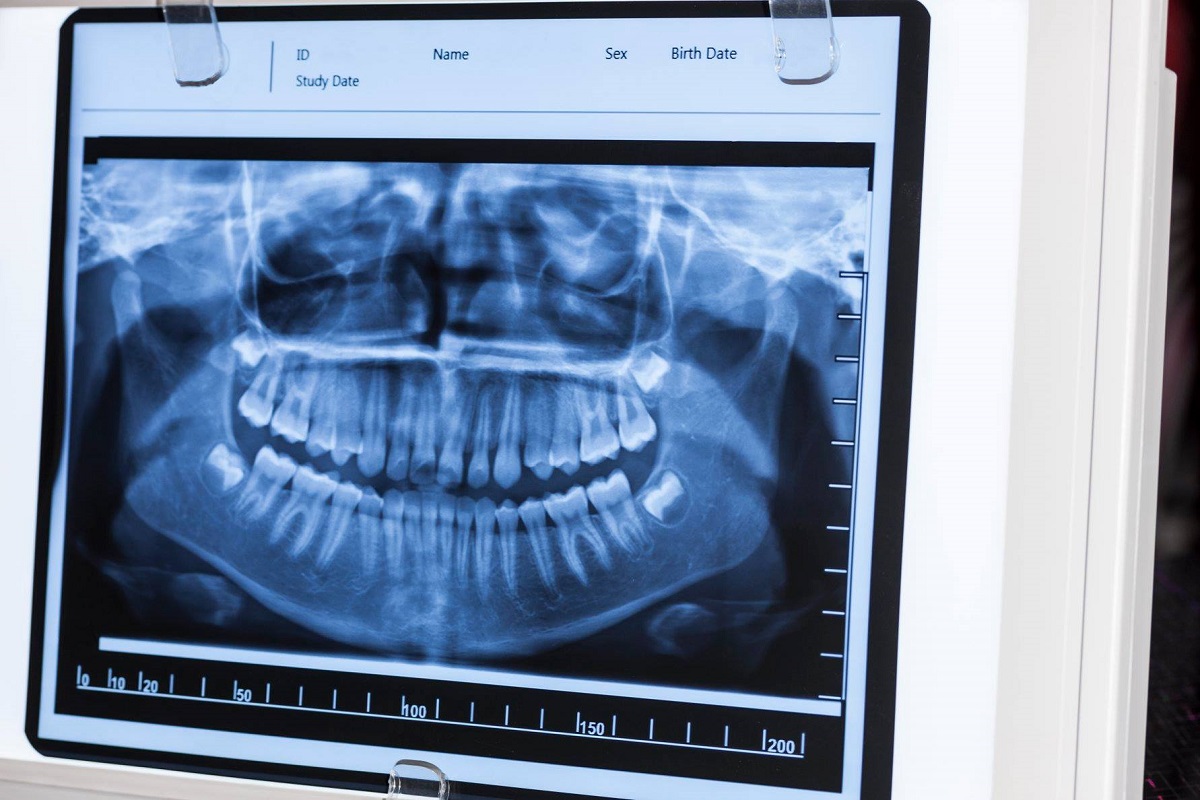GENERAL SERVICES
WISDOM TEETH EXTRACTIONS
Wisdom Teeth Extractions
Single Tooth Extractions
Single tooth extraction is recommended when a tooth is so damaged that it cannot be saved. Some damages cases are teeth fractured below the gum line, severe decay, advanced periodontal disease, primary teeth crowding or not falling out properly, or an impacted wisdom tooth.
Wisdom Teeth Extraction
For many people, Wisdom teeth extraction is often the best treatment for the oral health as it helps prevent future dental problems. Dentists may even recommend an extraction during your dental visit because dentists can predict problems with your wisdom teeth through X-rays and scans.
Wisdom teeth may not need to be extracted if they are healthy, erupt in functional position and upright angle, can be taken of proper hygiene practices, and aren’t associated with decay or gum disease. However, Wisdom teeth usually end up creating problems. Some problems that could be caused by wisdom tooth are jaw impact, crowd or damage nearby teeth, and cavities. Partial emergence could also cause bacterial growth, leading to gum disease or infection.
If you decide to postpone your wisdom tooth extraction, you should see you dentist regularly and keep up with oral hygiene. You should see a dentist when you have any of pain, repeated infection behind the last tooth, gum disease and /or extensive tooth decay

Tooth Extraction Procedure
Dentist will start with tailoring sedation options from nitrous oxide to IV sedation depending on your comfort level and extraction case. Then the tooth and surround tissues will be numbed with a local anesthetic. Sometimes the dentist may take extra X-rays during this step.
Any gums tissues covering the tooth is located will be removed. For the impacted wisdom tooth (wisdom tooth that don’t have enough room to emerge or develop normally), an incision is made in order to access the tooth. The dentist will then loosen the connective tissue. The same procedure applies for a tooth that has already come in through the gums. The dentist may decide to cut the tooth into sections during this procedure.
The tooth is removed when the tooth is loosen and/or have been sectioned.
Once the tooth is removed, the dentist may close up the area with stitches depending on incision or to help healing. The patient will be slowly brought out of sedation, and provided gauze to bite down on to help blood clot in the area.
The patient will be given post-operation instructions.
Ridge Preservation Procedure
Ridge Preservation procedure is a Bone grafting techniques that can sometimes be necessary to preserve the ridge of jawbone after a tooth has been extracted. After a tooth is extraction, soft tissue and bone can be lost significantly as your body begins to remodel and repair itself. This could result to weak bone foundation for future treatments as dental implants. The Ridge Preservation procedure is recommended to be performed at the time of extraction, especially if the patient is considering dental implants.